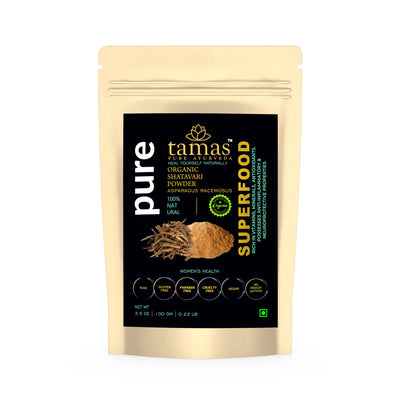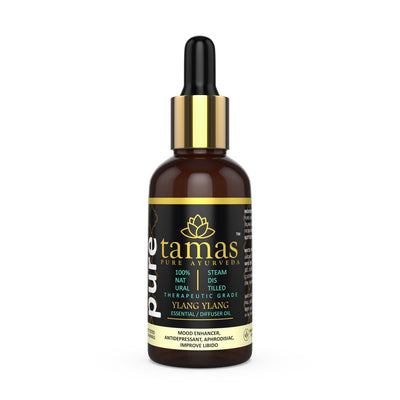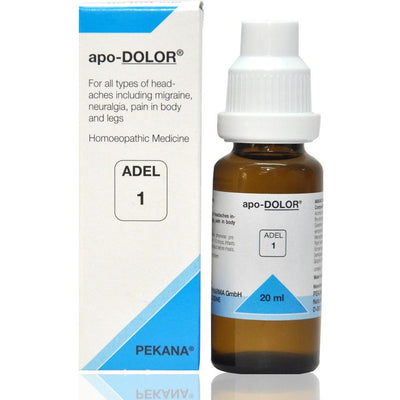
Nimbadi Kwath Tablet
An increasing number of people across the world have started to understand the principles of Ayurveda and the role played by doshas in holistic health. This has led to a newfound interest in Ayurvedic medicine for Vata-Pitta-Kapha balance.
In this context, Nimbadi Kwath Tablet is an Ayurvedic medicine for Kapha-Pitta balance balancing that contains Neem and other herbal ingredients. It is said to be helpful in the ayurvedic treatment of skin-related ailments.
Key benefits of most Vata-Pitta-Kapha balance medicine are:
Key ingredient list:
An Ayurvedic Approach to Skin Disorders
According to the ancient system of Ayurveda, all skin disorders are primarily caused by impaired digestive fire which is known as “Vishama Agni” in Sanskrit. This is usually caused by indulging in a diet and lifestyle that is not in sync with our predominant dosha preference. When agni is in a state of imbalance, it causes food to convert to toxins, also known as ama. These toxins or ama then circulate throughout the body, and are deposited on the superficial fascia, which can leave the skin feeling and looking dry, causing irritation, scaling or inflammation and infection.
According to Ayurveda, skin disorders can be eliminated or significantly reduced by using the right combination of topical preparations to help heal and repair the skin, diet and lifestyle choices that are in accordance with your dosha.
The skin conditions are also divided based on the doshas involved and the signs and symptoms vary accordingly.
Skin disorders - An Overview
There are a number of skin conditions that affect humans, and the most common skin conditions can have some symptoms that are similar.
The skin is the body’s biggest organ, and shields and protects the body from outside elements, and while the skin is tough, it is not impenetrable. Allergens, environmental irritants, infection, hereditary factors, and stress are just a few of the forces that can trigger or exacerbate skin troubles.
The terms "skin condition" and "skin disorder" are used interchangeably to describe various skin problems, from small red bumps on the skin to widespread rashes. Some skin conditions can be unsightly but harmless, while others may be contagious. Many skin conditions are also itchy or painful.
Symptoms
The skin is often considered to be a reflection of an individual’s overall health, and as such, changes in color, texture, or appearance may signal trouble. Inflammation of the skin is a common symptom of skin disorders such as psoriasis and eczema. Red splotches on the skin may be a sign of contact dermatitis and red blotches on the face may rosacea, a common skin problem that can be mistaken for acne. Tiny red dots on the skin, called petechiae, occur when the smallest blood vessels in the body, called capillaries, bleed into the skin. Petechiae can be a sign of certain infections, medical conditions, or physical trauma. Small red spots on the face that turn into skin sores that ooze and crust are a symptom of impetigo, a skin infection that usually affects children.
An increasing number of people across the world have started to understand the principles of Ayurveda and the role played by doshas in holistic health. This has led to a newfound interest in Ayurvedic medicine for Vata-Pitta-Kapha balance.
In this context, Nimbadi Kwath Tablet is an Ayurvedic medicine for Kapha-Pitta balance balancing that contains Neem and other herbal ingredients. It is said to be helpful in the ayurvedic treatment of skin-related ailments.
Key benefits of most Vata-Pitta-Kapha balance medicine are:
- It helps to remove toxins from the blood.
- It is said to be helpful in controlling various skin diseases.
- It helps to heal wounds that may otherwise be considered difficult to treat.
- It helps prevent the occurrence of acne.
- It helps to improve the complexion and overall skin condition.
- It is useful as a Kapha dosha treatment.
- It helps in the treatment of fever of Kapha origin.
- It possesses antimicrobial properties.
Key ingredient list:
- Nimba – Neem – Azadirachta indica
- Amruta (Guduchi) – Tinospora cordifolia
- Vasa -Adhatoda vasica
- Haritaki - Terminalia chebula
- Vibitaki - Terminalia bellirica
- Amalaki - Emblica officinalis
- Brihati - Solanum indium
- Patola - Trichosanthes dioica
An Ayurvedic Approach to Skin Disorders
According to the ancient system of Ayurveda, all skin disorders are primarily caused by impaired digestive fire which is known as “Vishama Agni” in Sanskrit. This is usually caused by indulging in a diet and lifestyle that is not in sync with our predominant dosha preference. When agni is in a state of imbalance, it causes food to convert to toxins, also known as ama. These toxins or ama then circulate throughout the body, and are deposited on the superficial fascia, which can leave the skin feeling and looking dry, causing irritation, scaling or inflammation and infection.
According to Ayurveda, skin disorders can be eliminated or significantly reduced by using the right combination of topical preparations to help heal and repair the skin, diet and lifestyle choices that are in accordance with your dosha.
The skin conditions are also divided based on the doshas involved and the signs and symptoms vary accordingly.
- Vata Skin Type: If vata is predominant, the skin is basically dry, rough, cold, wrinkled and thin with fine pores. Vata skin may age faster, and tends to be dry, rough and flaky when out of balance.
- Pitta Skin Type: If Pitta is predominant, the skin is fair, sensitive, soft, warm, and of medium thickness, less tolerant to hot food and burns easily. When out of balance, Pitta skin can flare up in rashes, rosacea, acne, or sunspots.
- Kapha Skin Type: If Kapha is predominant, the skin of a person is oily, cold, heavy, soft, dense, dull, lubricating and thick with a tendency towards large pores and proneness to cystic acne.
Skin disorders - An Overview
There are a number of skin conditions that affect humans, and the most common skin conditions can have some symptoms that are similar.
The skin is the body’s biggest organ, and shields and protects the body from outside elements, and while the skin is tough, it is not impenetrable. Allergens, environmental irritants, infection, hereditary factors, and stress are just a few of the forces that can trigger or exacerbate skin troubles.
The terms "skin condition" and "skin disorder" are used interchangeably to describe various skin problems, from small red bumps on the skin to widespread rashes. Some skin conditions can be unsightly but harmless, while others may be contagious. Many skin conditions are also itchy or painful.
Symptoms
The skin is often considered to be a reflection of an individual’s overall health, and as such, changes in color, texture, or appearance may signal trouble. Inflammation of the skin is a common symptom of skin disorders such as psoriasis and eczema. Red splotches on the skin may be a sign of contact dermatitis and red blotches on the face may rosacea, a common skin problem that can be mistaken for acne. Tiny red dots on the skin, called petechiae, occur when the smallest blood vessels in the body, called capillaries, bleed into the skin. Petechiae can be a sign of certain infections, medical conditions, or physical trauma. Small red spots on the face that turn into skin sores that ooze and crust are a symptom of impetigo, a skin infection that usually affects children.
You may also like
More from Kerala Ayurveda
More from Aasaan
Recently viewed

















